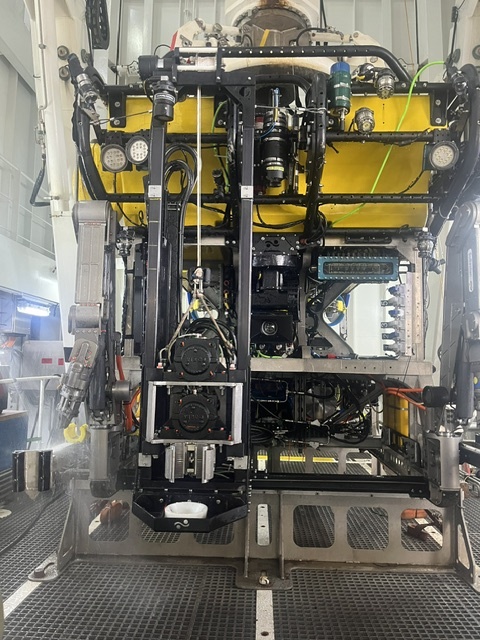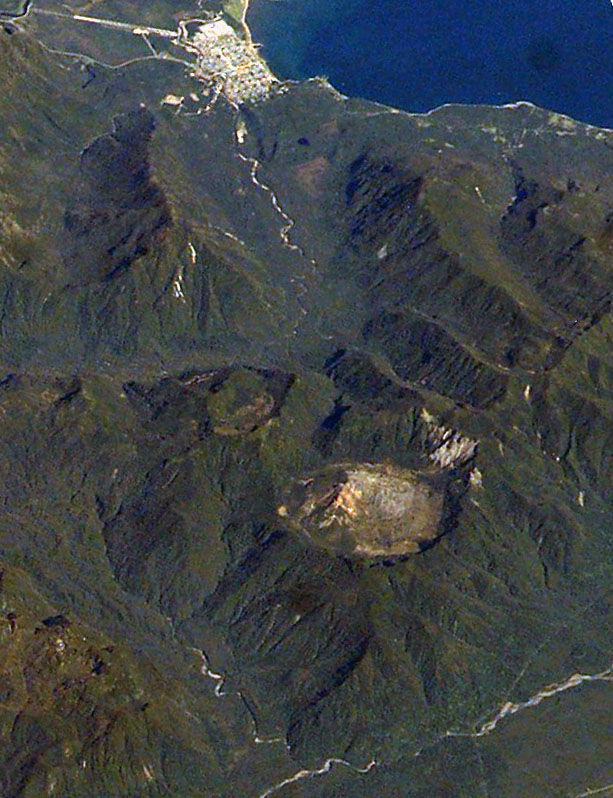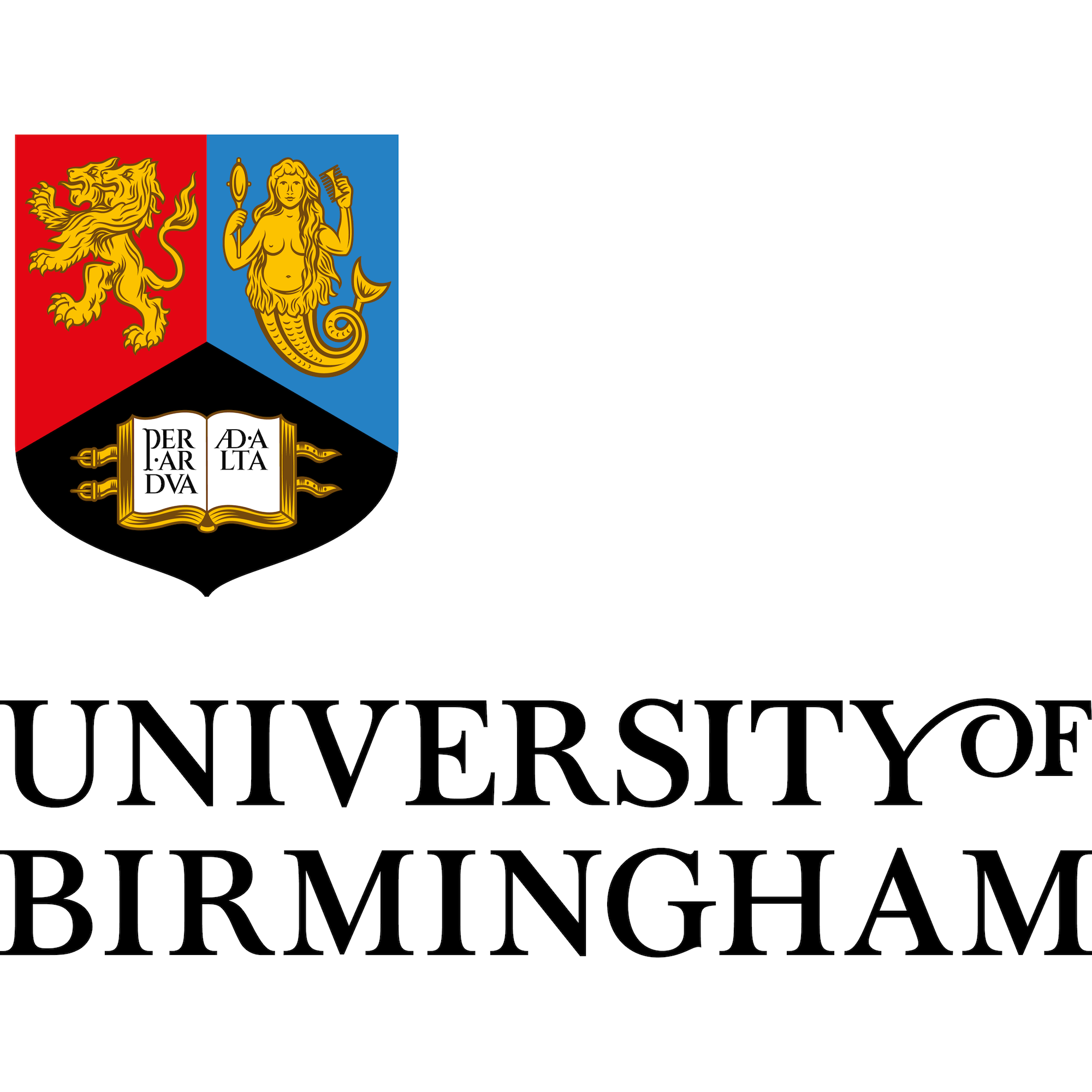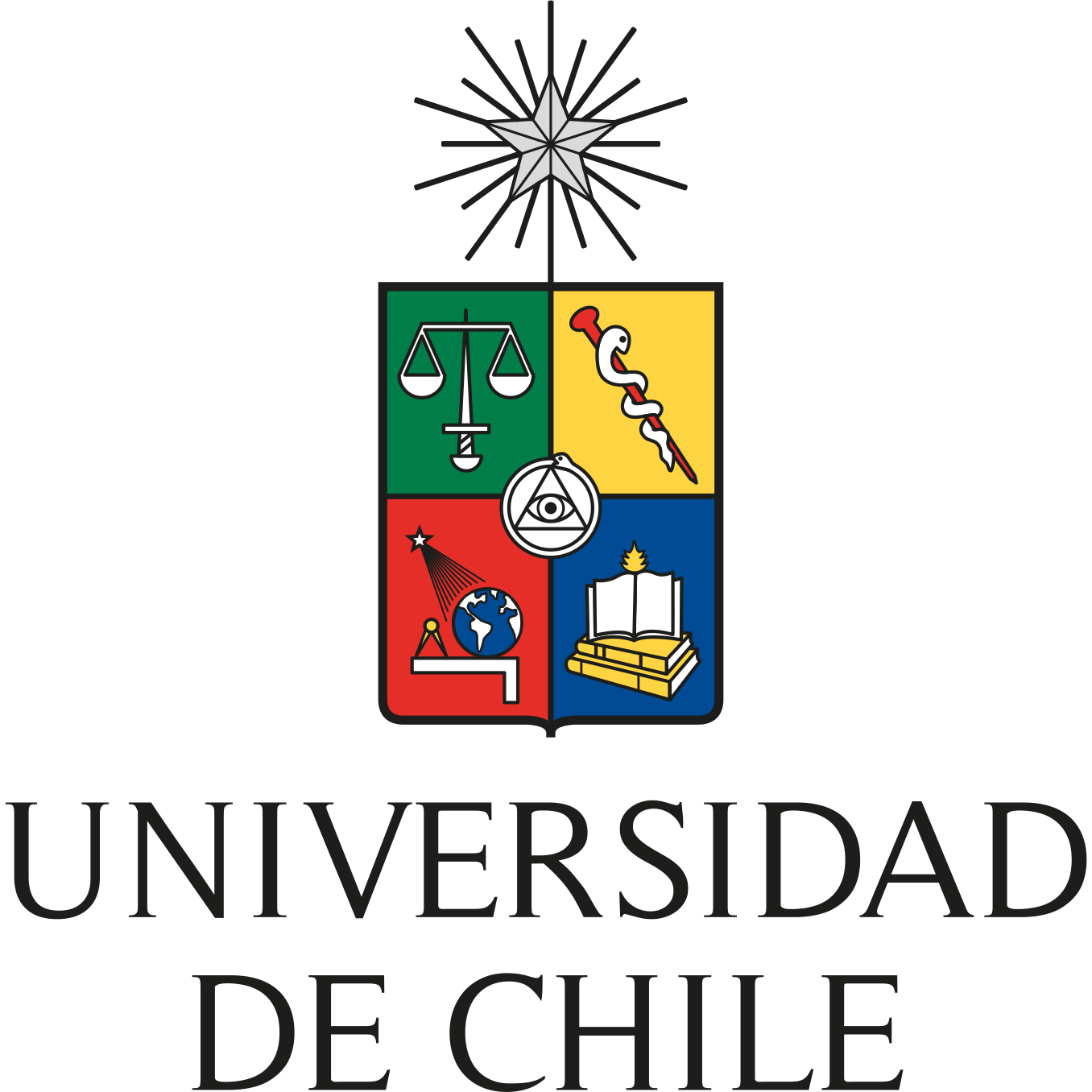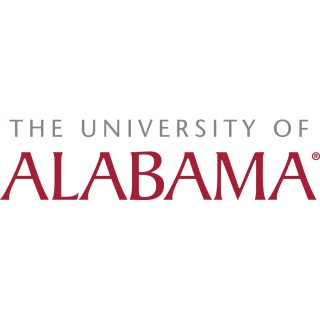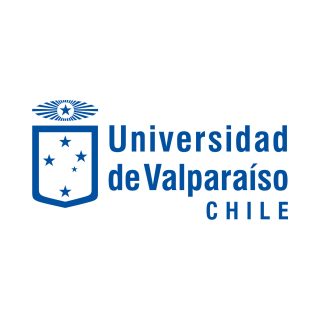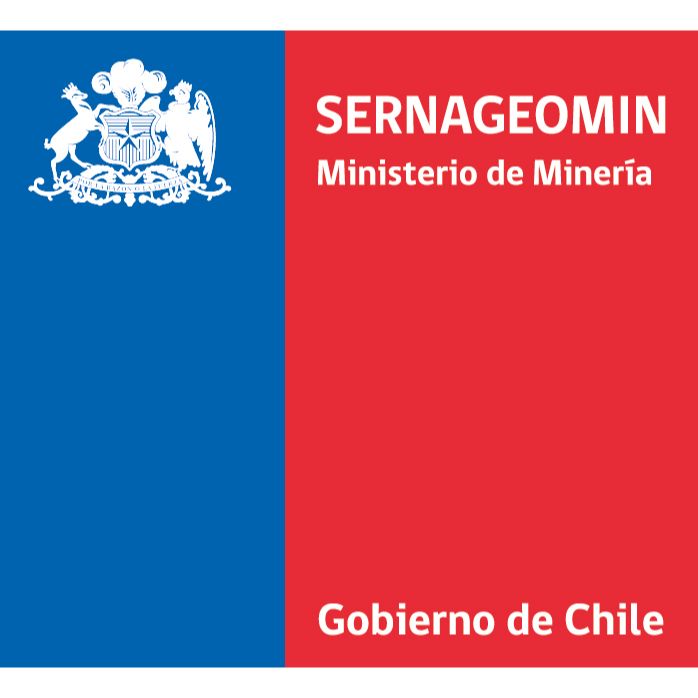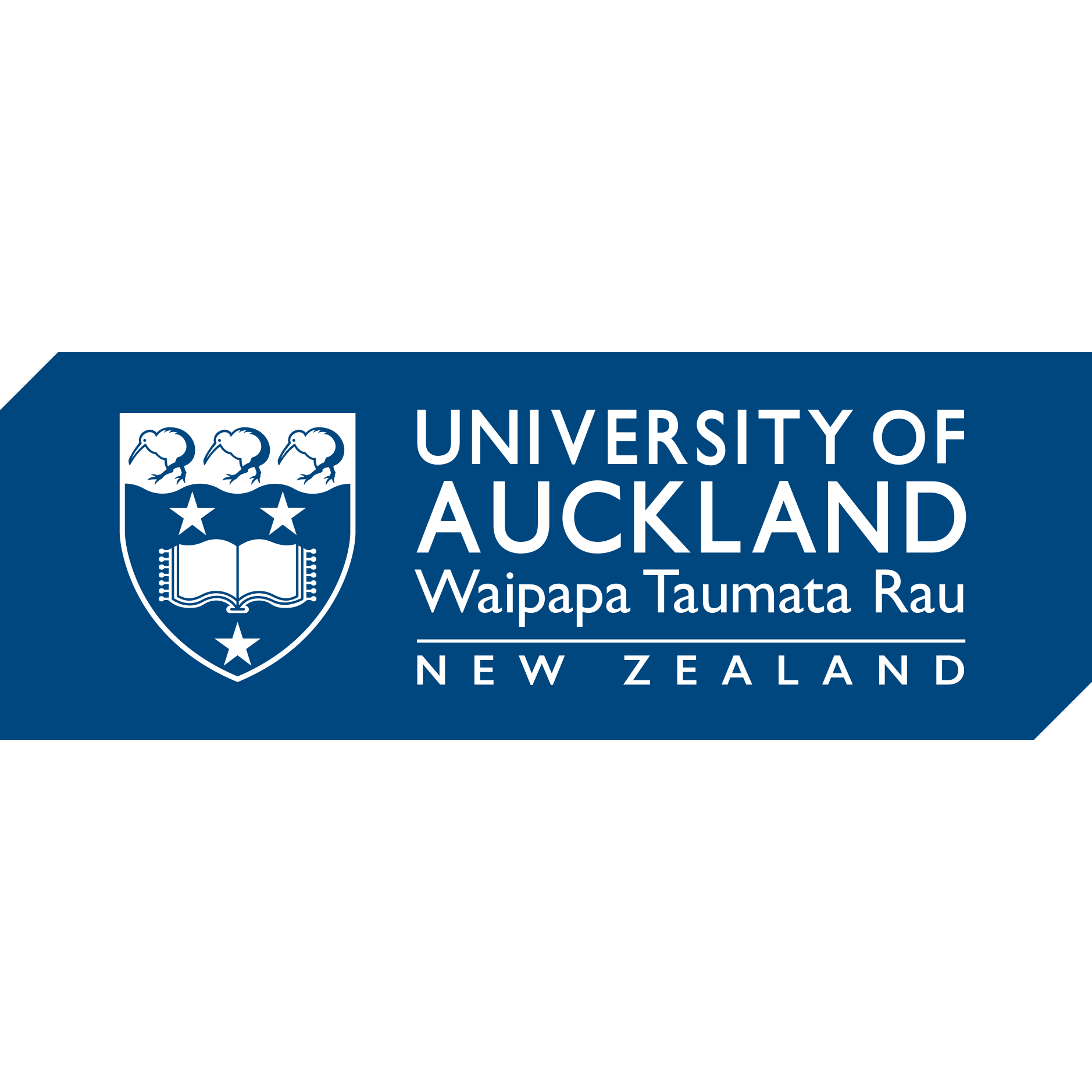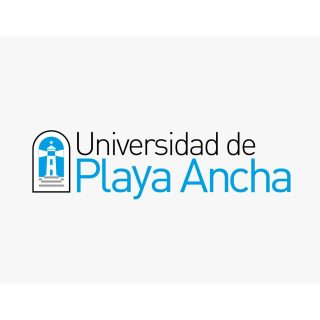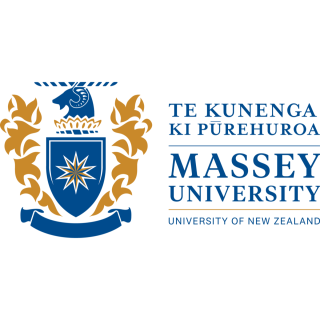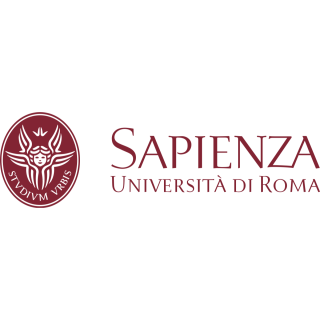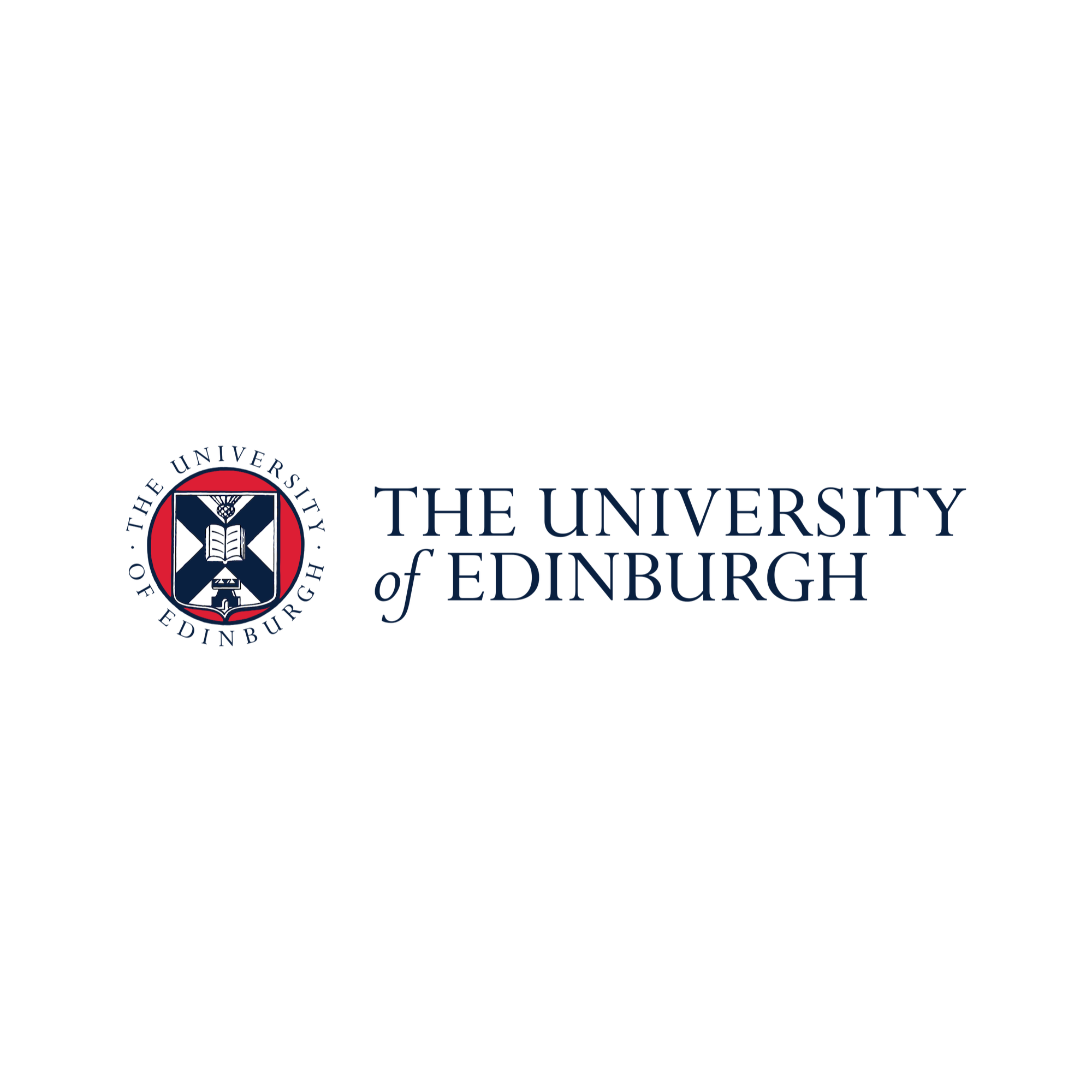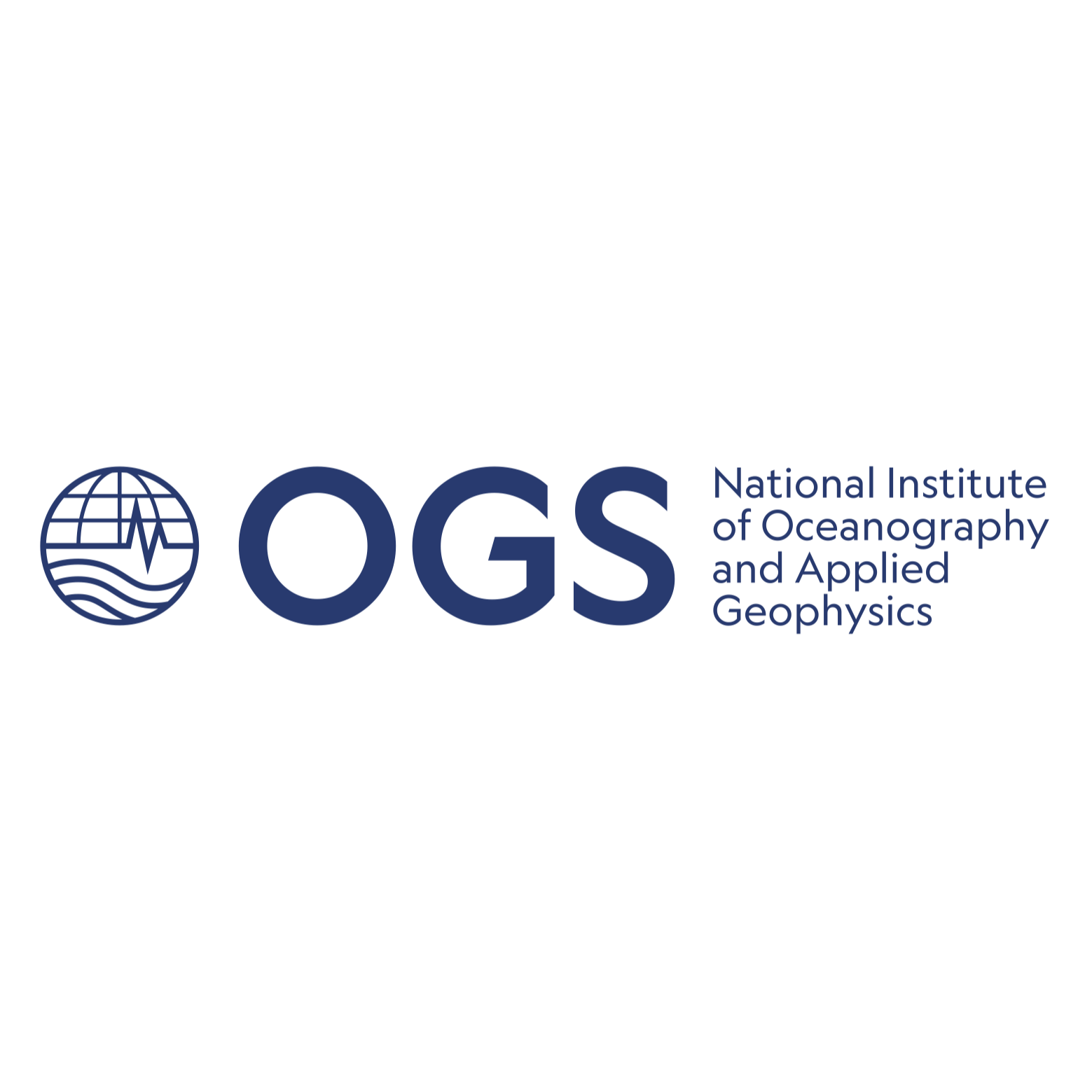2 September – 23 September 2024
#EruptionArchives
On May 2, 2008, Chile’s Chaitén volcano erupted without warning, spewing ash 30 kilometers into the air. This ash blanketed the landscape, and heavy rain in the following days triggered devastating volcanic mudflows that flowed down mountainsides and into the fjords below. The nearby town of Chaitén evacuated as the volcano completely transformed the surrounding landscape. While the destruction was easy to observe on land, scientists have not yet closely examined the impacts the eruption had on the surrounding ocean environments. Dr. Sebastian Watt of the University of Birmingham, UK, will lead an international team to study the underwater effects of the Chaitén eruption from the research vessel Falkor (too). Understanding the imprint of the Chaitén eruption in the marine environment will also help unlock deeper-time records of major volcanic eruptions in the region, allowing scientists to reconstruct volcanic behavior in Southern Chile over geologic time.
The research will provide information on how active volcanism impacts the ocean and marine ecosystem recovery following a major disturbance. Additionally, the region’s geologic record of eruptions may provide insight into whether or not glacier formation and recession over time may contribute to eruption events. Using a technology known as vibracorer, which allows the team to pinpoint sample collection and recover high-resolution records of volcanism and environmental change preserved within layers of sediment, their research will expand our knowledge of how volcanic activity affects marine ecosystems and potentially reconstruct volcanic behavior in southern Chile over thousand-year timescales.
Reconstructing eruptions using the seafloor
When catastrophic volcanic eruptions occur, ash and debris blanket the nearby landscape. On land, these deposits can be rapidly eroded away. In quieter environments, like lakes or on the seafloor, these layers of volcanic debris fields become buried as Earth processes deposit new sediment. Each volcanic layer, sandwiched between other types of sediment, thus preserves the record of a past eruption.
To read geologic time, preserved within sediment layers, scientists take cores, long tubes plunged into the earth. The longer the tube, the greater the archive; centuries of geologic activity written in the muck, ash, and sand. Yet, when it comes to understanding volcanic activity, these archives are often located long distances from volcanoes and are incomplete, capturing only the very largest and most catastrophic events. Using records of the largest eruptions to understand volcano behavior is akin to measuring average rainfall in the United States using only hurricane data. More comprehensive, higher-resolution data on past volcanic activity is essential to understand the full spectrum of volcano behavior and how this varies through time; for this, scientists need to unpick the complex sedimentary records of volcanism preserved in cores close to volcanoes. In this project, the team has identified Chaitén as the ideal location to address this challenge.
The Chaitén eruption surprised geologists worldwide, as the volcano was presumed extinct, showing no signs of activity for 9000 years. As the eruption unfolded, pyroclastic flows moved down the mountainside, and wind patterns blew volcanic materials eastward. Days later, rainstorms washed the debris into the rivers; massive mudflows known as lahars flooded and changed the surrounding landscape, ultimately washing into Southern Chile’s fjords and to the Pacific Ocean.
Little debris remained on land, as is usually the case with many eruptions of this size, meaning they effectively disappear from the terrestrial archive. Scientists suspect that the most accurate data on the eruption, and comparable past eruptions, lies within the nearby fjords. And, while it is easy for scientists to reconstruct the terrestrial impacts of the eruption, little is known about how the massive debris flows impacted the local marine environment and the response and recovery of local marine ecosystems.
The vibracore
To reconstruct the eruption’s marine impacts, the team will use ROV SuBastian and specialized equipment called a vibracore, a coring system for effectively capturing undisturbed and unconsolidated sediments. The ROV will allow coring sites to be carefully selected.
The vibracore works by vibrating into the seafloor at a high frequency and low amplitude, moving sediment into the core in a pristine condition by liquifying the sediment around it. Fine layers are preserved in the core, capturing moments from geologic time like earthquakes, floods, and eruptions.
Vibracores are especially effective for studying fine-scale events in the geologic record. Many other coring methods, like push and gravity cores, compress the sediment, altering the fine layers within the sample. The vibracore is also less likely to fail than other coring methods that occasionally eject samples or cannot penetrate more compacted and hard sediments.
The deep geologic past
Predicting eruptions like Chaitén is challenging for volcanologists. While some volcanoes show signs they are close to bursting, like frequent earthquakes or swelling at the volcano summit, other eruptions like Chaitén can happen with a very rapid onset. Even when the precursory signals of ascending magma can be detected, there are no exact indicators for scientists to predict how catastrophic an eruption will be.
Chile is a region rich in seismic and volcanic activity, with more than 500 volcanoes, of which experts believe 100 are active. Watt and his team hope that beyond reconstructing the Chaitén event, their work will provide a route to reconstructing a more complete history of eruptions within Southern Chile. They will take cores throughout Chile’s inner sea, moving from close to Chaíten towards the Pacific. By coring the entire sea, they will examine how the lahars impacted the surrounding estuarine and marine environments. Marine biologists and microbiologists will join the expedition to research how the volcano impacted the local ecosystem and how these ecosystems have recovered since 2008. Oceanographers will also join the expedition, using observations collected throughout the survey better to understand marine processes in this relatively little-studied area.
Beyond studying the direct impact of this eruption, the science team will also examine the 2015 Calbuco Eruption, which is a smaller but comparable event to Chaitén. The research will help determine how eruptions are preserved in the sedimentary archive, enabling the reconstruction of events beyond the human historical record. Through this work, they aim to better comprehend southern Chile’s volcanic behavior, potentially finding strong indicators for predicting catastrophic eruptions.
On ten-thousand-year timescales, a prevailing hypothesis is that the melting of ice sheets at the end of the last glaciation reduced the weight pressing down on the Earth’s crust beneath these volcanoes, leading to a period of more frequent and violent eruptions. On present-day timescales, the retreat of glaciers due to climate change may also impact the size and style of volcanic eruptions, including lahar-generating events. A better understanding of past volcanic events will help improve capacity to prepare for future eruptions in southern Chile.
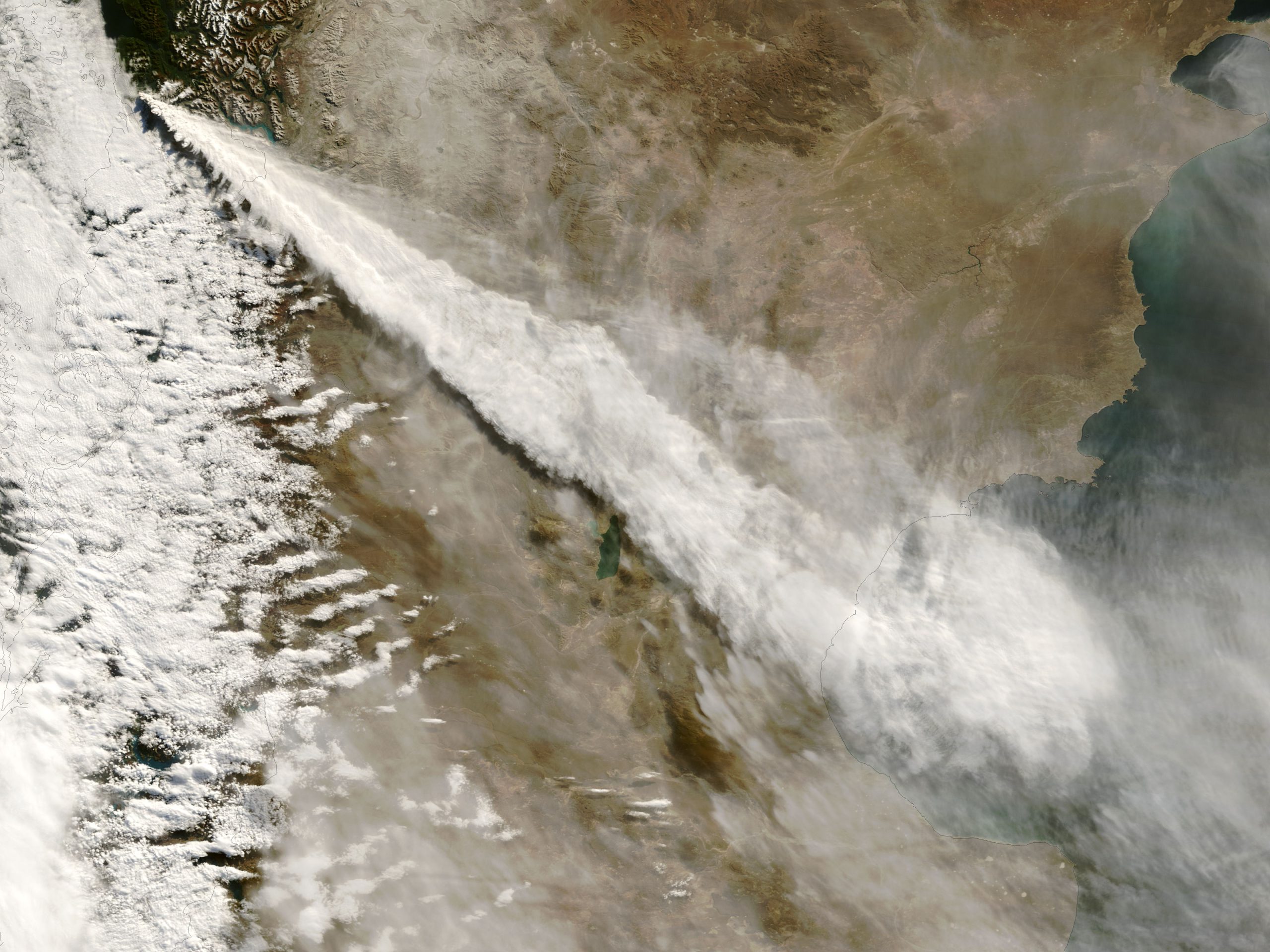
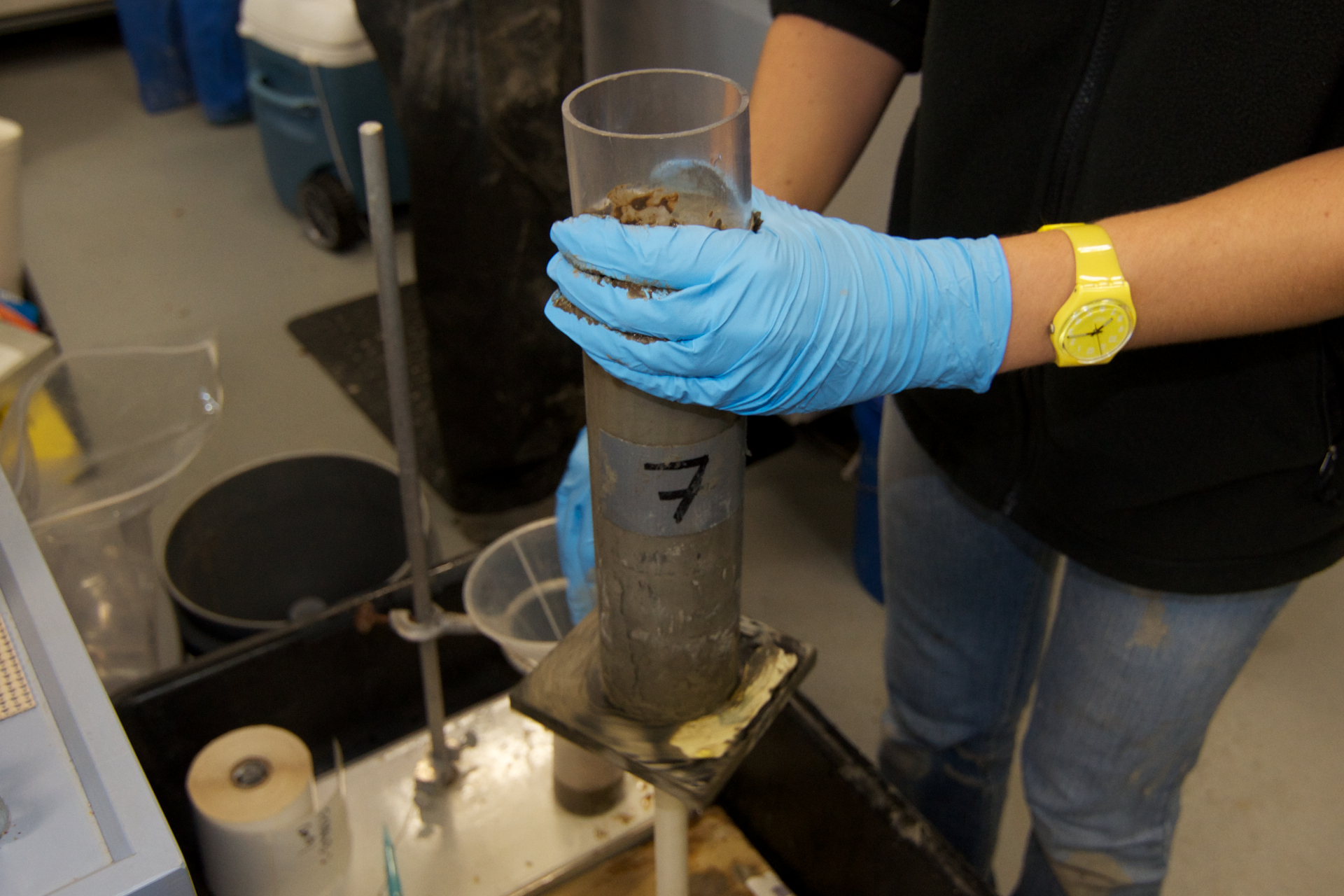
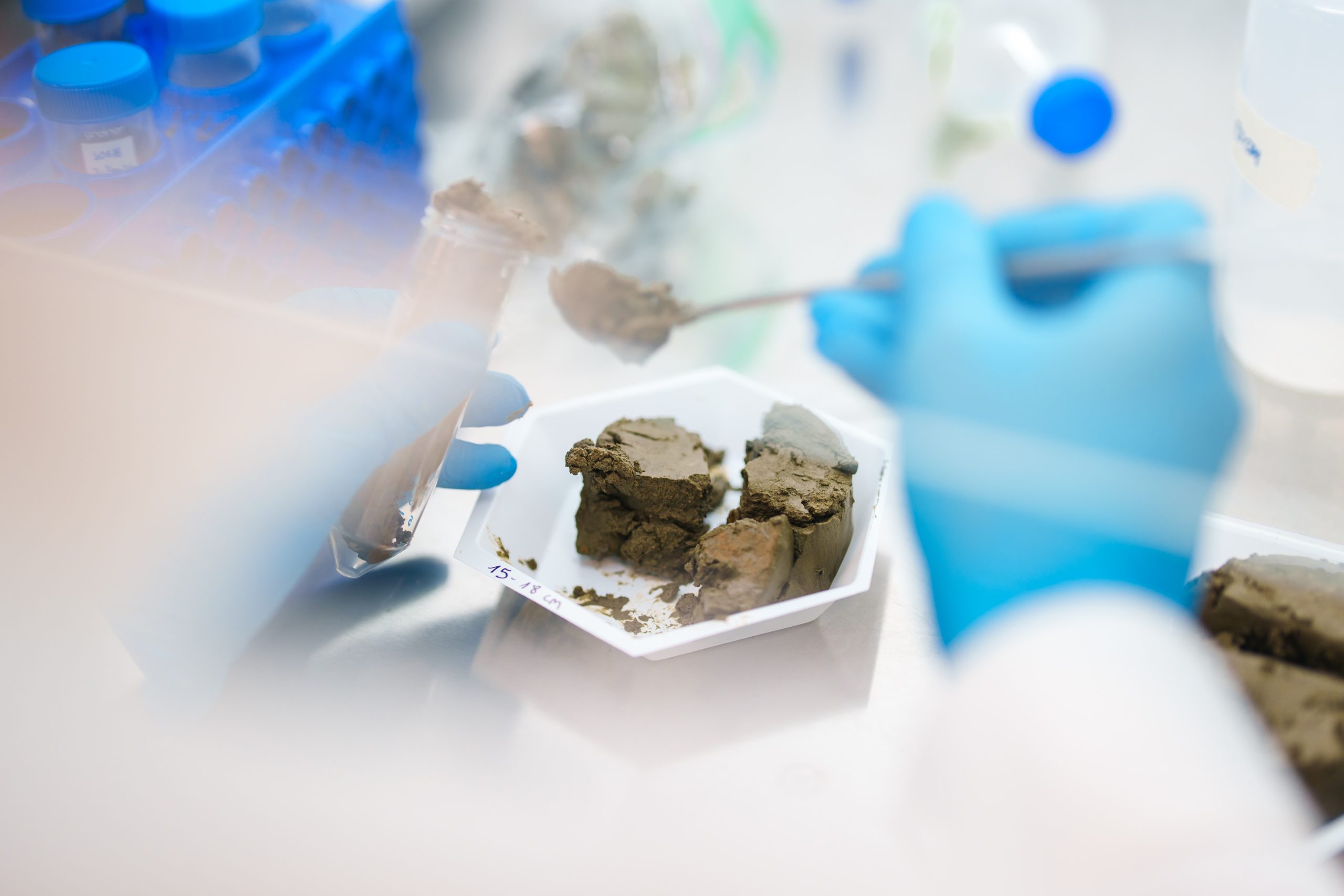
Team
